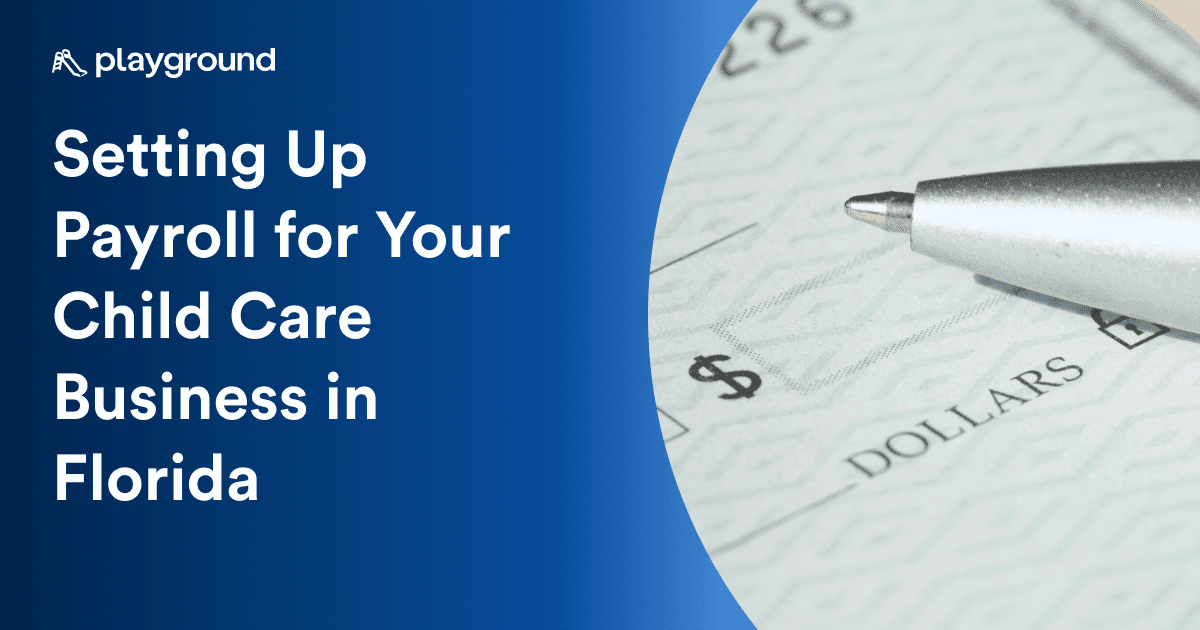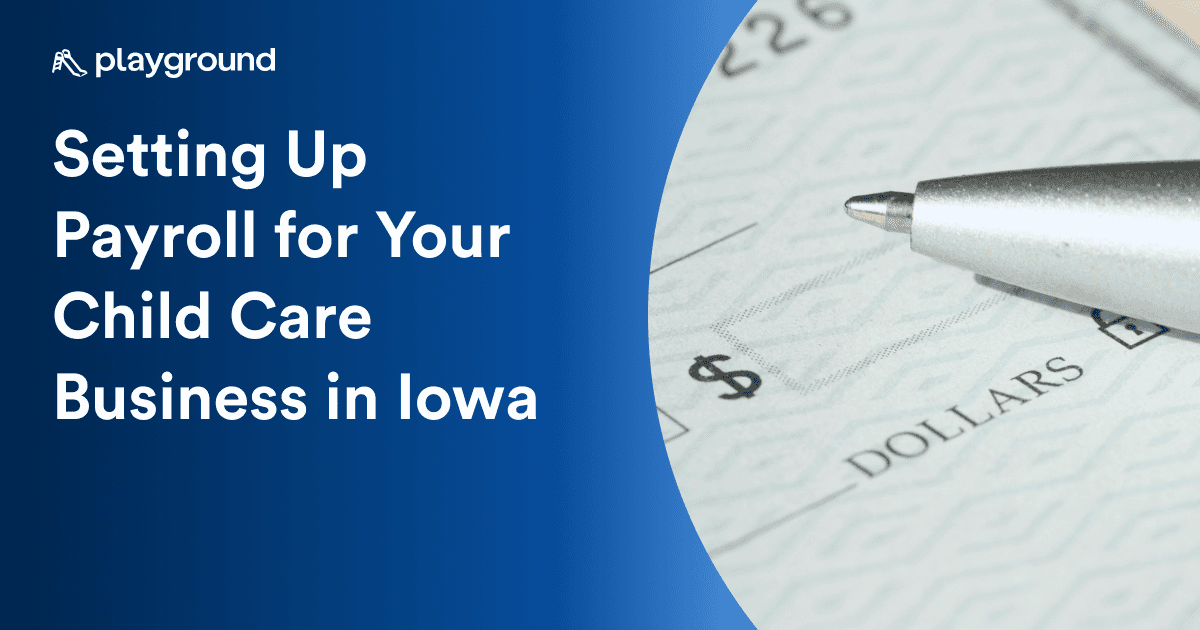A Child’s Place in Honesty: A New Curriculum for a New World


Cindy Stansbury
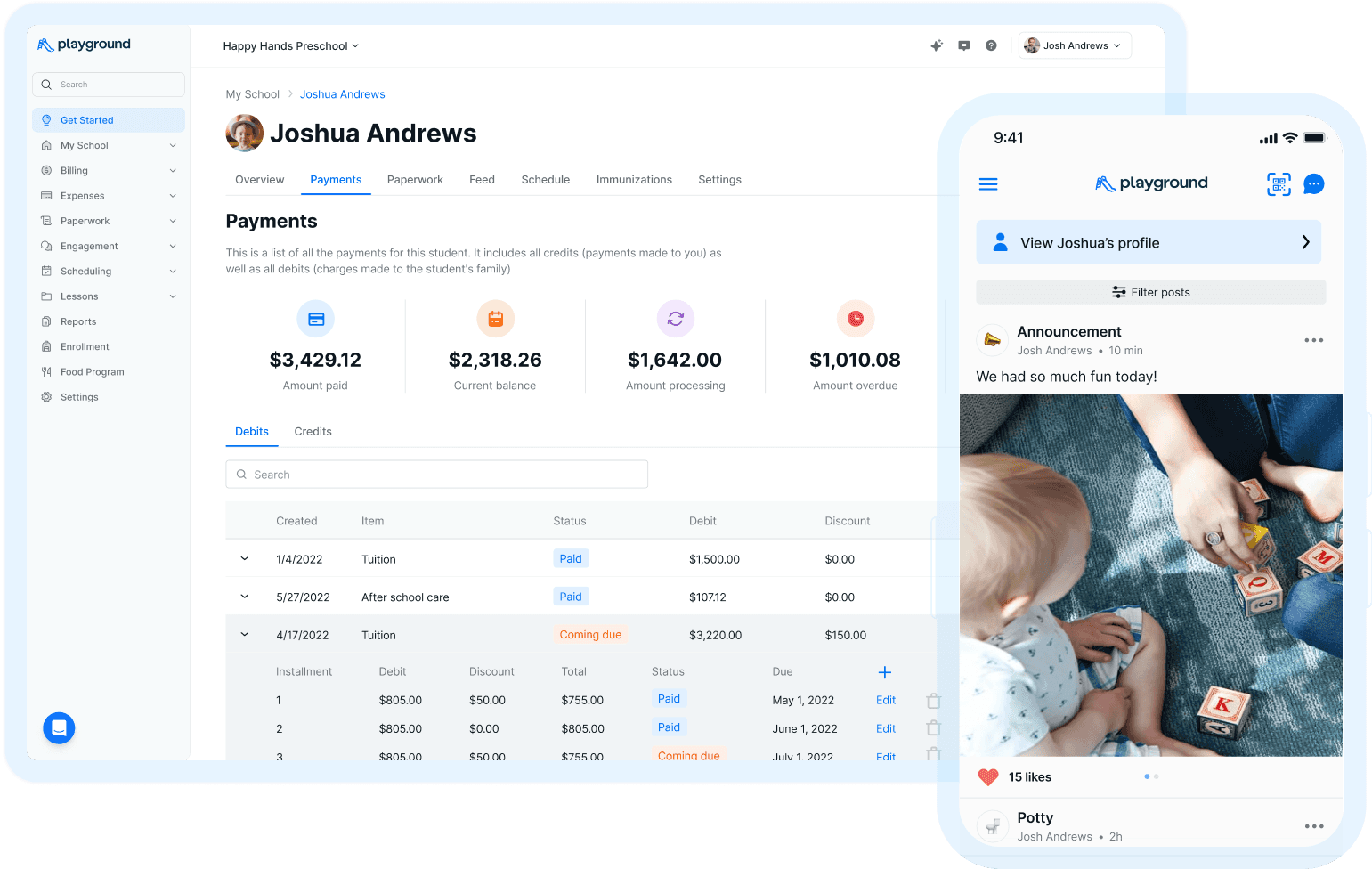
Make your families & teachers happier
All-in-one child care management platform with billing, attendance, registration, communication, payroll, and more!
5.0 Rating

Make your families & teachers happier
All-in-one child care management platform with billing, attendance, registration, communication, payroll, and more!
5.0 Rating
We underestimate children.
Even as early childhood education professionals, we limit their exposure to life. We shield, reframe, and rephrase the events of our every day to create a world for them that is sunny and simple. We tell ourselves that it is best and that children are not yet ready for the complexities that current society brings.
But what if we tried honesty?
Honesty: a terrifying proposition, particularly in the era of covid where illness is ever-present, but also an opportunity. A motivational speaker, Dr. Wayne Dyer, once wrote, “If you change the way you look at things, the things you look at change.” If we look at honesty differently, as an opportunity used strategically and empathetically, I have found that it unlocks something truly powerful for early childhood educators.
This is our new ethos for early childhood education. We capture this ethos in what we have called the Child’s Place Curriculum, a formula that values the children of our society enough to truly engage them in it - enough to allow them to help us to improve it - to give them a more meaningful place in it. When we use our platform as educators to give children a more complete and complex view of the world as well as themselves, children will not only feel empowered but will provide a perspective on society that we all have missed; theirs.
However, that is not the only benefit. By inviting them to begin being active participants in our society today, it is more likely that they will participate in society tomorrow. It is no coincidence that the United States, a nation who unlike its counterparts abroad does not provide students with a civics-based education only saw only 56 percent of the populace show up to their polling place in 2016. Up until now, we as a society have not raised our children to believe that their voice matters. This curriculum aims to change that.
There are four main tenets or values to be considered when employing the Child’s Place approach. The idea is that these four: the present child, the child and society, the child and the past, and the future child, will provide a framework for utilizing honesty to empower our students.
1. The Present Child
It is undeniable that a large part of early childhood education is preparing the student for what they will become, but this curriculum dares us to value them for who they are. In the context of the honesty curriculum this means being honest with ourselves as educators about who our students are. As opposed to guiding them, the students are empowered to guide us, as well. We ask them about their interests, their fears, their struggles, we ask them about their values, and we encourage them to voice their opinions and we hear. We then adjust and advise. These exchanges in listening and respect allow them to be their best selves in the present moment, to know the worth of their opinions, and give them the power to make improvements on their own.
2. The Child And Society
This tenet involves speaking with children in their early childhood about topics like racism, pronouns, transgender rights, homophobia, feminism, vaccination, protest, and every other word that adults typically do not say when at a party, let alone in a space filled with toddlers. The mission in this moment is to remove the stigma and up the empathy. If we transform our circle times into a space where the goings-on of society receive the same attention as colors, shapes, and letters, we can provide our students with the power to discuss our “no-no” words freely. It is their world too. This tenet dictates that in a child-appropriate manner, we share it with them.
3. The Child and the Past
This tenet, like those before, will make most adults squirm. We must be honest with our students surrounding the difficulties of our past (within reason). For example, children must know that slavery occurred and the truth about Thanksgiving in terms they can appreciate and contextualize. They deserve to know that adults are fallible and change is possible. History can be a valuable tool to help the child get a more complete picture of our world. If we are to truly invite our students to be participants in our society now, we must be honest about how we got here.
4. The Child and their Future
The final tenet helps us to reflect on the adults we are helping to create through the enforcement of these ideals. We inform them early of the difficult and joyous realities of our past, present, and future, and give them ownership of their own world as well as their own voice from an early age. Thereby we as educators have the opportunity to help our students give themselves the future that they want. We, in our classrooms, are helping them build their world today.
I have taken the Child’s Place Curriculum out for a spin in my own classroom this year.
To be clear, this does not mean that I was shouting out the numbers of those that have died during covid or going into the brutalities of slavery with my students, or imparting my own political values. This does mean that I informed them that yes, during Covid people have died and that slavery meant we forced people to work for no money. I also coupled these truths with all of the ways that they can use their own power to make their future better than our past. I will tell them that Covid is scary but if they wear their masks and look out for their neighbors we can build a future that is kinder. I encourage them to hope.
Throughout my experimentation with this curriculum, I have had students grow into incredibly powerful human beings. There is no better example of this than one of my 4-year-old students who for her privacy, I will call Ann. Ann started the year in my room as a student who would only speak at a whisper. When Covid shuttered our doors and forced our class to continue on zoom, she, like many others, grew even more silent. Then the George Flloyd protests occurred locally in Los Angeles and I made the (terrifying) decision to speak about the events surrounding those marches with my students.
Within days I got an email from Ann’s mom with pictures of Ann marching at a local protest. She informed me that after our class, Ann made her own decision that she wanted to participate. She made her own sign and demanded her mom take her to Hollywood Blvd (a street in Hollywood where a local march was being held.) For the remainder of her time in my class, Ann suddenly began to speak up. When she graduated she told me that one day she would be President. She had been empowered.
Our world has often been a truly frightening place as of late. However, if we share with children, if we embrace their opinions, if we invite them to be active participants in our dialogue, for them the dynamic can shift from frightening to empowering.
This is the first in a blog series on Playground entitled “A Child’s Place.” Each article will provide inspiration for the many ways that this curriculum can be employed in your schools and classrooms. We hope that it moves you and your students as much as it has moved us.
We underestimate children.
Even as early childhood education professionals, we limit their exposure to life. We shield, reframe, and rephrase the events of our every day to create a world for them that is sunny and simple. We tell ourselves that it is best and that children are not yet ready for the complexities that current society brings.
But what if we tried honesty?
Honesty: a terrifying proposition, particularly in the era of covid where illness is ever-present, but also an opportunity. A motivational speaker, Dr. Wayne Dyer, once wrote, “If you change the way you look at things, the things you look at change.” If we look at honesty differently, as an opportunity used strategically and empathetically, I have found that it unlocks something truly powerful for early childhood educators.
This is our new ethos for early childhood education. We capture this ethos in what we have called the Child’s Place Curriculum, a formula that values the children of our society enough to truly engage them in it - enough to allow them to help us to improve it - to give them a more meaningful place in it. When we use our platform as educators to give children a more complete and complex view of the world as well as themselves, children will not only feel empowered but will provide a perspective on society that we all have missed; theirs.
However, that is not the only benefit. By inviting them to begin being active participants in our society today, it is more likely that they will participate in society tomorrow. It is no coincidence that the United States, a nation who unlike its counterparts abroad does not provide students with a civics-based education only saw only 56 percent of the populace show up to their polling place in 2016. Up until now, we as a society have not raised our children to believe that their voice matters. This curriculum aims to change that.
There are four main tenets or values to be considered when employing the Child’s Place approach. The idea is that these four: the present child, the child and society, the child and the past, and the future child, will provide a framework for utilizing honesty to empower our students.
1. The Present Child
It is undeniable that a large part of early childhood education is preparing the student for what they will become, but this curriculum dares us to value them for who they are. In the context of the honesty curriculum this means being honest with ourselves as educators about who our students are. As opposed to guiding them, the students are empowered to guide us, as well. We ask them about their interests, their fears, their struggles, we ask them about their values, and we encourage them to voice their opinions and we hear. We then adjust and advise. These exchanges in listening and respect allow them to be their best selves in the present moment, to know the worth of their opinions, and give them the power to make improvements on their own.
2. The Child And Society
This tenet involves speaking with children in their early childhood about topics like racism, pronouns, transgender rights, homophobia, feminism, vaccination, protest, and every other word that adults typically do not say when at a party, let alone in a space filled with toddlers. The mission in this moment is to remove the stigma and up the empathy. If we transform our circle times into a space where the goings-on of society receive the same attention as colors, shapes, and letters, we can provide our students with the power to discuss our “no-no” words freely. It is their world too. This tenet dictates that in a child-appropriate manner, we share it with them.
3. The Child and the Past
This tenet, like those before, will make most adults squirm. We must be honest with our students surrounding the difficulties of our past (within reason). For example, children must know that slavery occurred and the truth about Thanksgiving in terms they can appreciate and contextualize. They deserve to know that adults are fallible and change is possible. History can be a valuable tool to help the child get a more complete picture of our world. If we are to truly invite our students to be participants in our society now, we must be honest about how we got here.
4. The Child and their Future
The final tenet helps us to reflect on the adults we are helping to create through the enforcement of these ideals. We inform them early of the difficult and joyous realities of our past, present, and future, and give them ownership of their own world as well as their own voice from an early age. Thereby we as educators have the opportunity to help our students give themselves the future that they want. We, in our classrooms, are helping them build their world today.
I have taken the Child’s Place Curriculum out for a spin in my own classroom this year.
To be clear, this does not mean that I was shouting out the numbers of those that have died during covid or going into the brutalities of slavery with my students, or imparting my own political values. This does mean that I informed them that yes, during Covid people have died and that slavery meant we forced people to work for no money. I also coupled these truths with all of the ways that they can use their own power to make their future better than our past. I will tell them that Covid is scary but if they wear their masks and look out for their neighbors we can build a future that is kinder. I encourage them to hope.
Throughout my experimentation with this curriculum, I have had students grow into incredibly powerful human beings. There is no better example of this than one of my 4-year-old students who for her privacy, I will call Ann. Ann started the year in my room as a student who would only speak at a whisper. When Covid shuttered our doors and forced our class to continue on zoom, she, like many others, grew even more silent. Then the George Flloyd protests occurred locally in Los Angeles and I made the (terrifying) decision to speak about the events surrounding those marches with my students.
Within days I got an email from Ann’s mom with pictures of Ann marching at a local protest. She informed me that after our class, Ann made her own decision that she wanted to participate. She made her own sign and demanded her mom take her to Hollywood Blvd (a street in Hollywood where a local march was being held.) For the remainder of her time in my class, Ann suddenly began to speak up. When she graduated she told me that one day she would be President. She had been empowered.
Our world has often been a truly frightening place as of late. However, if we share with children, if we embrace their opinions, if we invite them to be active participants in our dialogue, for them the dynamic can shift from frightening to empowering.
This is the first in a blog series on Playground entitled “A Child’s Place.” Each article will provide inspiration for the many ways that this curriculum can be employed in your schools and classrooms. We hope that it moves you and your students as much as it has moved us.
We underestimate children.
Even as early childhood education professionals, we limit their exposure to life. We shield, reframe, and rephrase the events of our every day to create a world for them that is sunny and simple. We tell ourselves that it is best and that children are not yet ready for the complexities that current society brings.
But what if we tried honesty?
Honesty: a terrifying proposition, particularly in the era of covid where illness is ever-present, but also an opportunity. A motivational speaker, Dr. Wayne Dyer, once wrote, “If you change the way you look at things, the things you look at change.” If we look at honesty differently, as an opportunity used strategically and empathetically, I have found that it unlocks something truly powerful for early childhood educators.
This is our new ethos for early childhood education. We capture this ethos in what we have called the Child’s Place Curriculum, a formula that values the children of our society enough to truly engage them in it - enough to allow them to help us to improve it - to give them a more meaningful place in it. When we use our platform as educators to give children a more complete and complex view of the world as well as themselves, children will not only feel empowered but will provide a perspective on society that we all have missed; theirs.
However, that is not the only benefit. By inviting them to begin being active participants in our society today, it is more likely that they will participate in society tomorrow. It is no coincidence that the United States, a nation who unlike its counterparts abroad does not provide students with a civics-based education only saw only 56 percent of the populace show up to their polling place in 2016. Up until now, we as a society have not raised our children to believe that their voice matters. This curriculum aims to change that.
There are four main tenets or values to be considered when employing the Child’s Place approach. The idea is that these four: the present child, the child and society, the child and the past, and the future child, will provide a framework for utilizing honesty to empower our students.
1. The Present Child
It is undeniable that a large part of early childhood education is preparing the student for what they will become, but this curriculum dares us to value them for who they are. In the context of the honesty curriculum this means being honest with ourselves as educators about who our students are. As opposed to guiding them, the students are empowered to guide us, as well. We ask them about their interests, their fears, their struggles, we ask them about their values, and we encourage them to voice their opinions and we hear. We then adjust and advise. These exchanges in listening and respect allow them to be their best selves in the present moment, to know the worth of their opinions, and give them the power to make improvements on their own.
2. The Child And Society
This tenet involves speaking with children in their early childhood about topics like racism, pronouns, transgender rights, homophobia, feminism, vaccination, protest, and every other word that adults typically do not say when at a party, let alone in a space filled with toddlers. The mission in this moment is to remove the stigma and up the empathy. If we transform our circle times into a space where the goings-on of society receive the same attention as colors, shapes, and letters, we can provide our students with the power to discuss our “no-no” words freely. It is their world too. This tenet dictates that in a child-appropriate manner, we share it with them.
3. The Child and the Past
This tenet, like those before, will make most adults squirm. We must be honest with our students surrounding the difficulties of our past (within reason). For example, children must know that slavery occurred and the truth about Thanksgiving in terms they can appreciate and contextualize. They deserve to know that adults are fallible and change is possible. History can be a valuable tool to help the child get a more complete picture of our world. If we are to truly invite our students to be participants in our society now, we must be honest about how we got here.
4. The Child and their Future
The final tenet helps us to reflect on the adults we are helping to create through the enforcement of these ideals. We inform them early of the difficult and joyous realities of our past, present, and future, and give them ownership of their own world as well as their own voice from an early age. Thereby we as educators have the opportunity to help our students give themselves the future that they want. We, in our classrooms, are helping them build their world today.
I have taken the Child’s Place Curriculum out for a spin in my own classroom this year.
To be clear, this does not mean that I was shouting out the numbers of those that have died during covid or going into the brutalities of slavery with my students, or imparting my own political values. This does mean that I informed them that yes, during Covid people have died and that slavery meant we forced people to work for no money. I also coupled these truths with all of the ways that they can use their own power to make their future better than our past. I will tell them that Covid is scary but if they wear their masks and look out for their neighbors we can build a future that is kinder. I encourage them to hope.
Throughout my experimentation with this curriculum, I have had students grow into incredibly powerful human beings. There is no better example of this than one of my 4-year-old students who for her privacy, I will call Ann. Ann started the year in my room as a student who would only speak at a whisper. When Covid shuttered our doors and forced our class to continue on zoom, she, like many others, grew even more silent. Then the George Flloyd protests occurred locally in Los Angeles and I made the (terrifying) decision to speak about the events surrounding those marches with my students.
Within days I got an email from Ann’s mom with pictures of Ann marching at a local protest. She informed me that after our class, Ann made her own decision that she wanted to participate. She made her own sign and demanded her mom take her to Hollywood Blvd (a street in Hollywood where a local march was being held.) For the remainder of her time in my class, Ann suddenly began to speak up. When she graduated she told me that one day she would be President. She had been empowered.
Our world has often been a truly frightening place as of late. However, if we share with children, if we embrace their opinions, if we invite them to be active participants in our dialogue, for them the dynamic can shift from frightening to empowering.
This is the first in a blog series on Playground entitled “A Child’s Place.” Each article will provide inspiration for the many ways that this curriculum can be employed in your schools and classrooms. We hope that it moves you and your students as much as it has moved us.
Playground is the only app directors need to run their early child care center. Playground manages billing, attendance, registration, communication, paperwork, reporting, and more for child care programs. 100,000+ directors, teachers, and families trust Playground to simplify their lives.
Learn more by scheduling a free personalized demo.
See what Playground can do for you
Learn how our top-rated child care management platform can make your families & teachers happier while lowering your costs
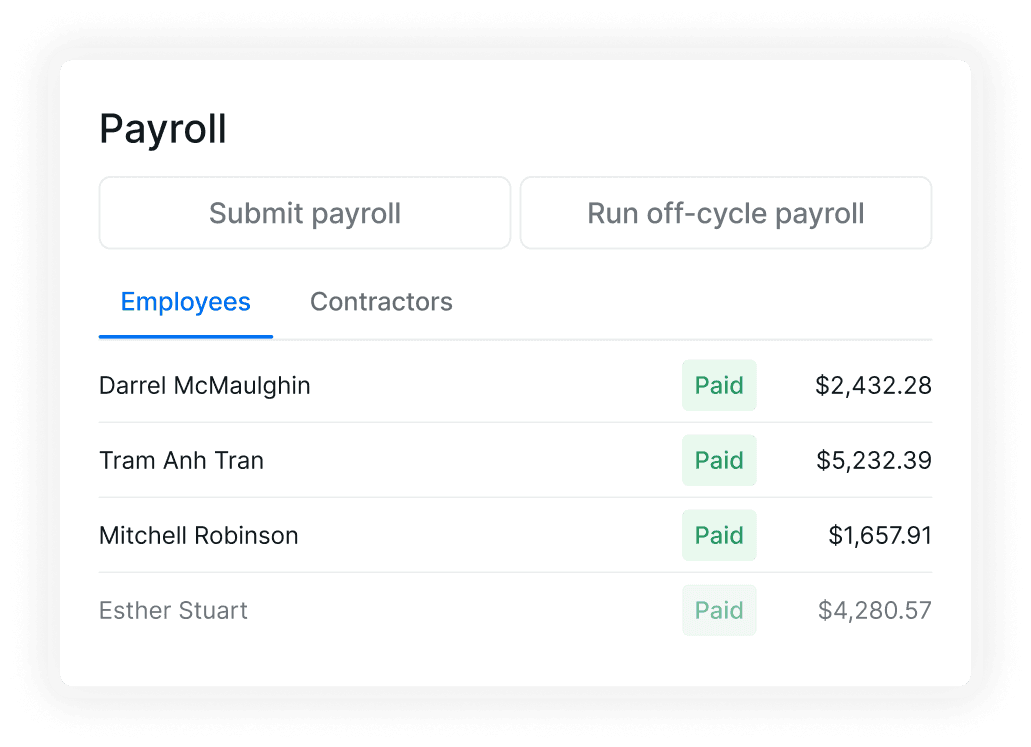


Explore more
Stay in the loop.
Sign up for Playground updates.
Stay in the loop.
Sign up for Playground updates.
Stay in the loop.
Sign up for the updates.
© 2024 Carline Inc. All rights reserved.
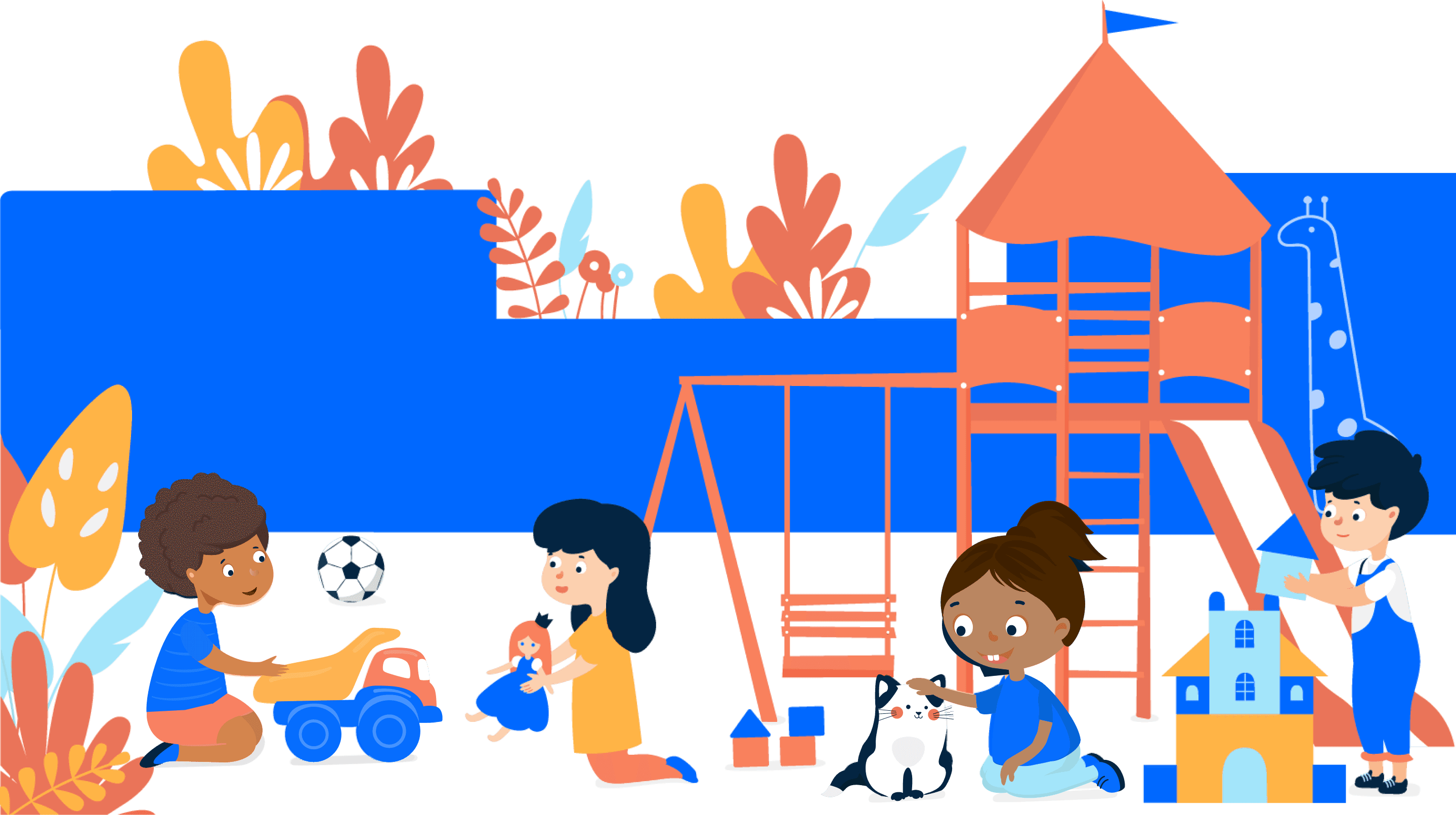
© 2024 Carline Inc. All rights reserved.

© 2024 Carline Inc. All rights reserved.

A Child’s Place in Honesty: A New Curriculum for a New World
Published Dec 8, 2021
|



